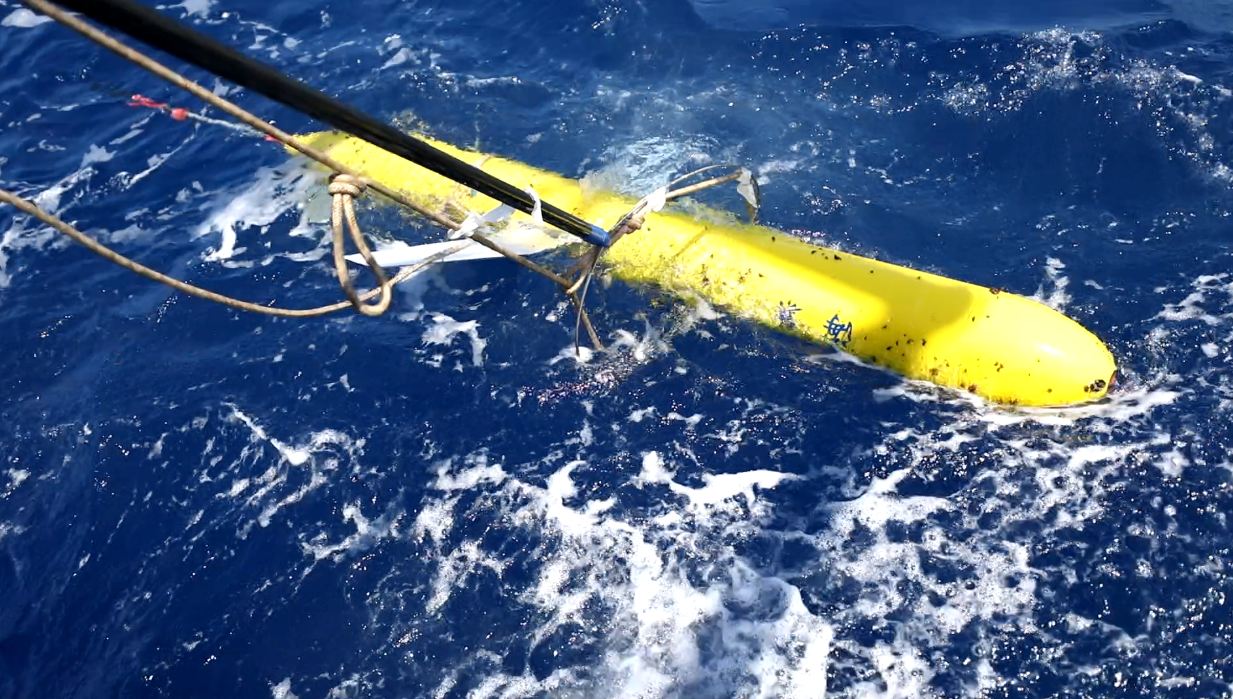China continues to make progress in deep sea exploration following the three-month mission of a new underwater glider in the South China Sea, which experts said will also help in maritime warfare.
Codenamed Haiyi 1000, which means "sea wings" in Chinese, the underwater glider reached a record distance of over 1,880 kilometers during its mission, collecting data for scientific research, China Central Television (CCTV) reported on Sunday.
Developed by the Shenyang Institute of Automation under Chinese Academy of Sciences, the Haiyi had successfully endured turbulent sea conditions caused by typhoons, which proves its reliability and stability, the report said.
Advanced underwater gliders will not only assist China's deep sea scientific research but also serve military purposes, Xu Guangyu, a senior adviser of the China Arms Control and Disarmament Association, told the Global Times.
"As an unmanned deep-sea machine, underwater gliders can acquire deep-sea data through multiple sensors, and will help submarines better complete their military missions as well as detect foreign submarines in China's waters," Xu explained.
The Haiyi 1000 began its mission on July 14 in the northeastern part of the South China Sea together with 11 other underwater vehicles, the CCTV said.
The Haiyi 1000 doubled China's underwater gliders' endurance, the CCTV report said.
"Unlike an underwater robot, the underwater glider has no propellers. But it can adjust its buoyancy by changing the size of its oil pool. The underwater glider moves like a wave, like a dolphin," Yu Jiancheng, a research fellow at the Chinese Academy of Sciences' Shenyang Institute of Automation, told CCTV.
The underwater glider is efficient and high on endurance, Yu said, adding that while the machine is slow, it could be recycled and is cheap to make and maintain.
In terms of ocean exploration, the glider can detect ocean currents, mineral resources and oceanic geology, Lin Hongmin, an adviser at the Hainan Provincial Maritime Environment Protection Association, told the Global Times.
"More importantly, it helps research into ocean pollution by obtaining samples from different depths," Lin said, adding that scientists have found large amounts of plastic waste particles in oceans.
China made its first underwater glider in 2005, which passed tests in 2009. Over the years, the Shenyang Institute has developed more than 20 such vehicles at depths of 300, 1,000 and 7,000 meters, the CCTV said.(Global Times)

Haiyi 1000 retrieving from water (Image by SIACAS)